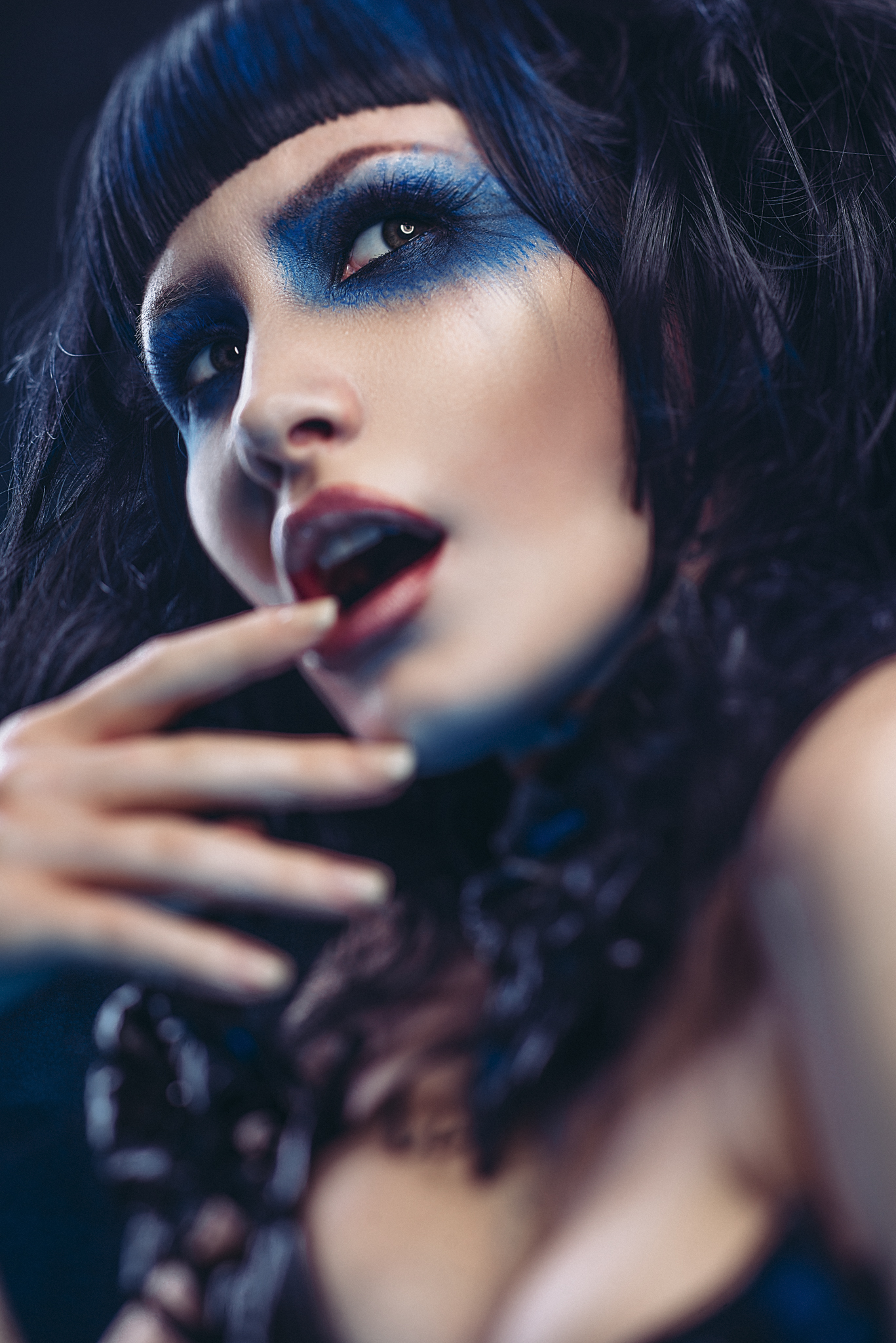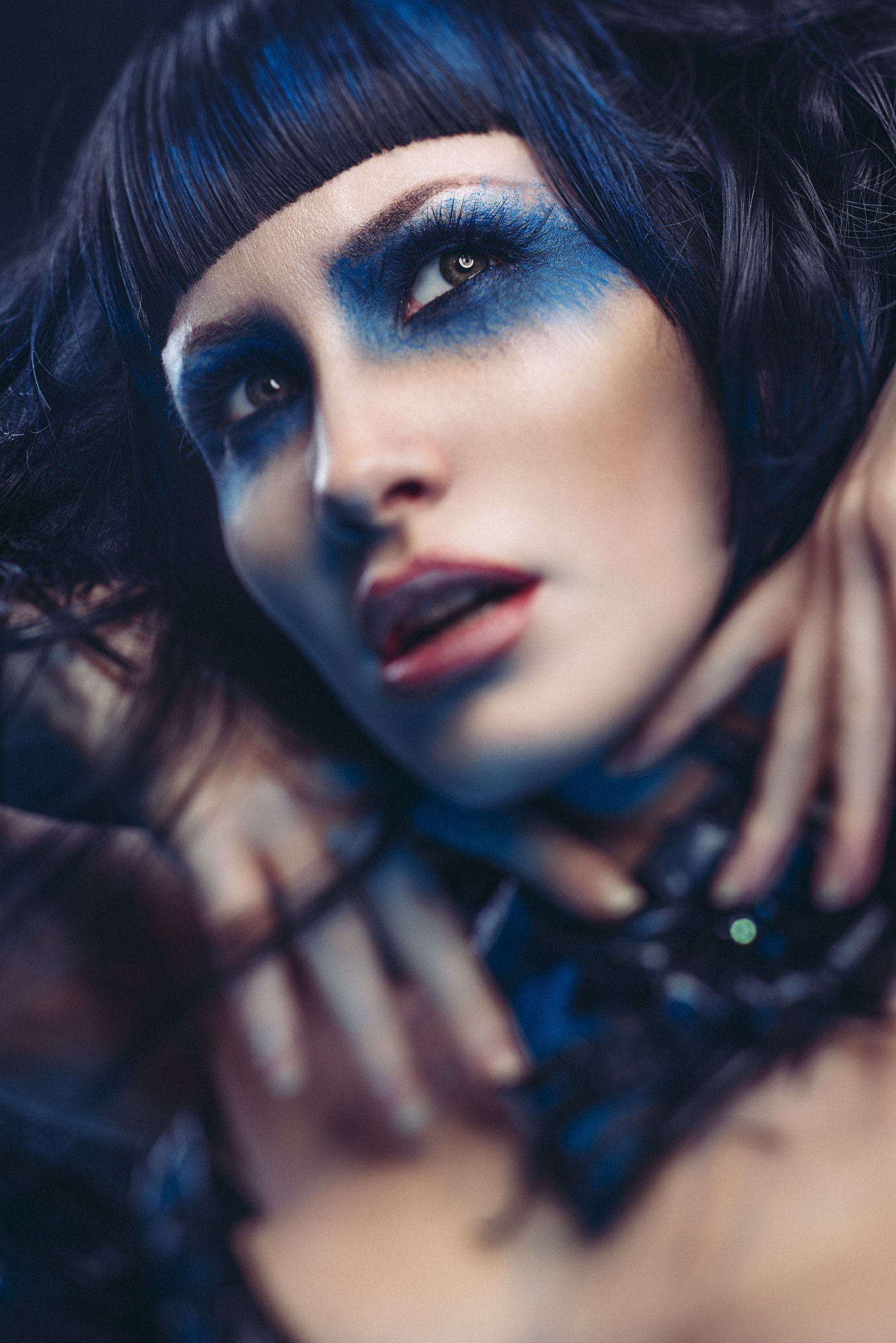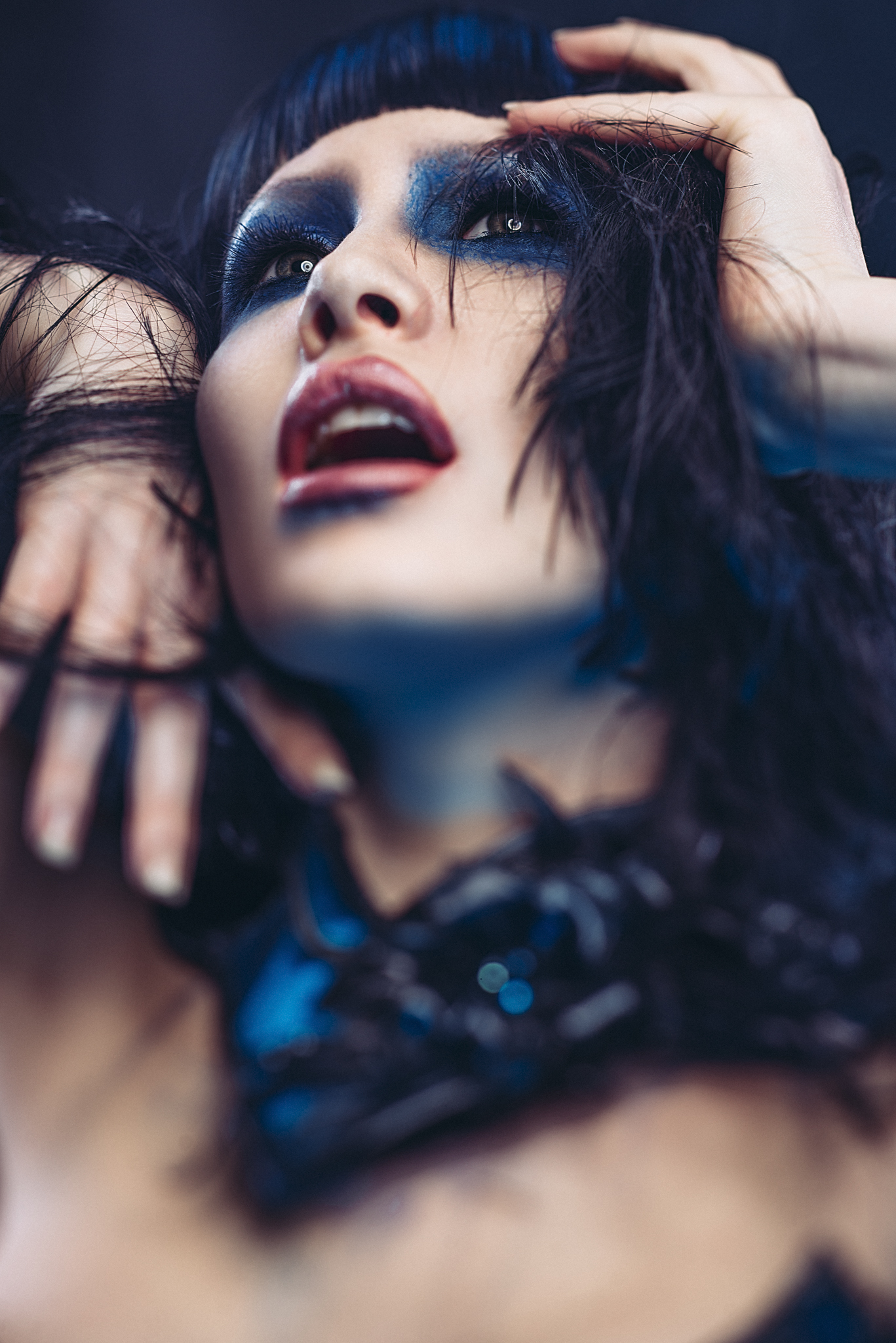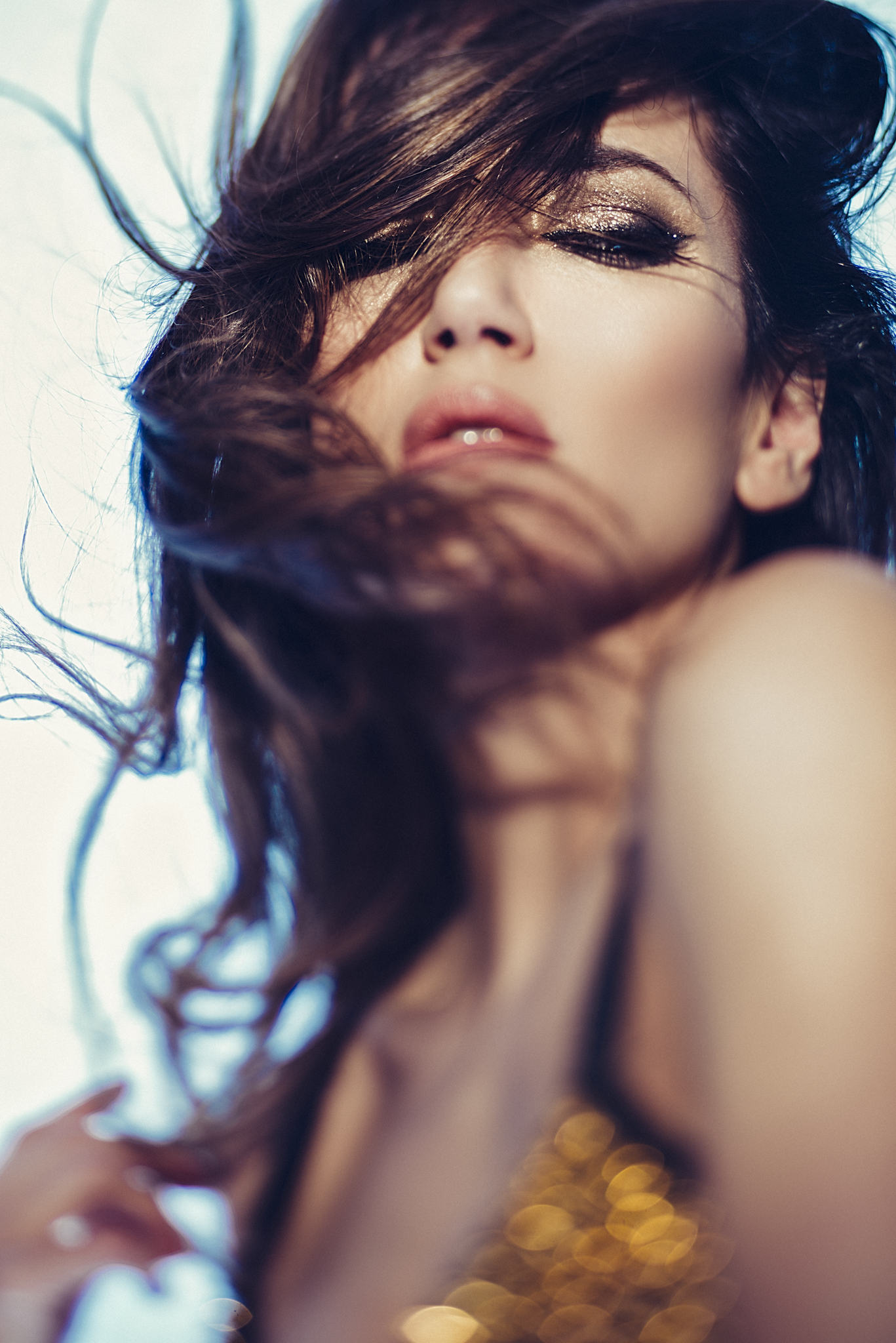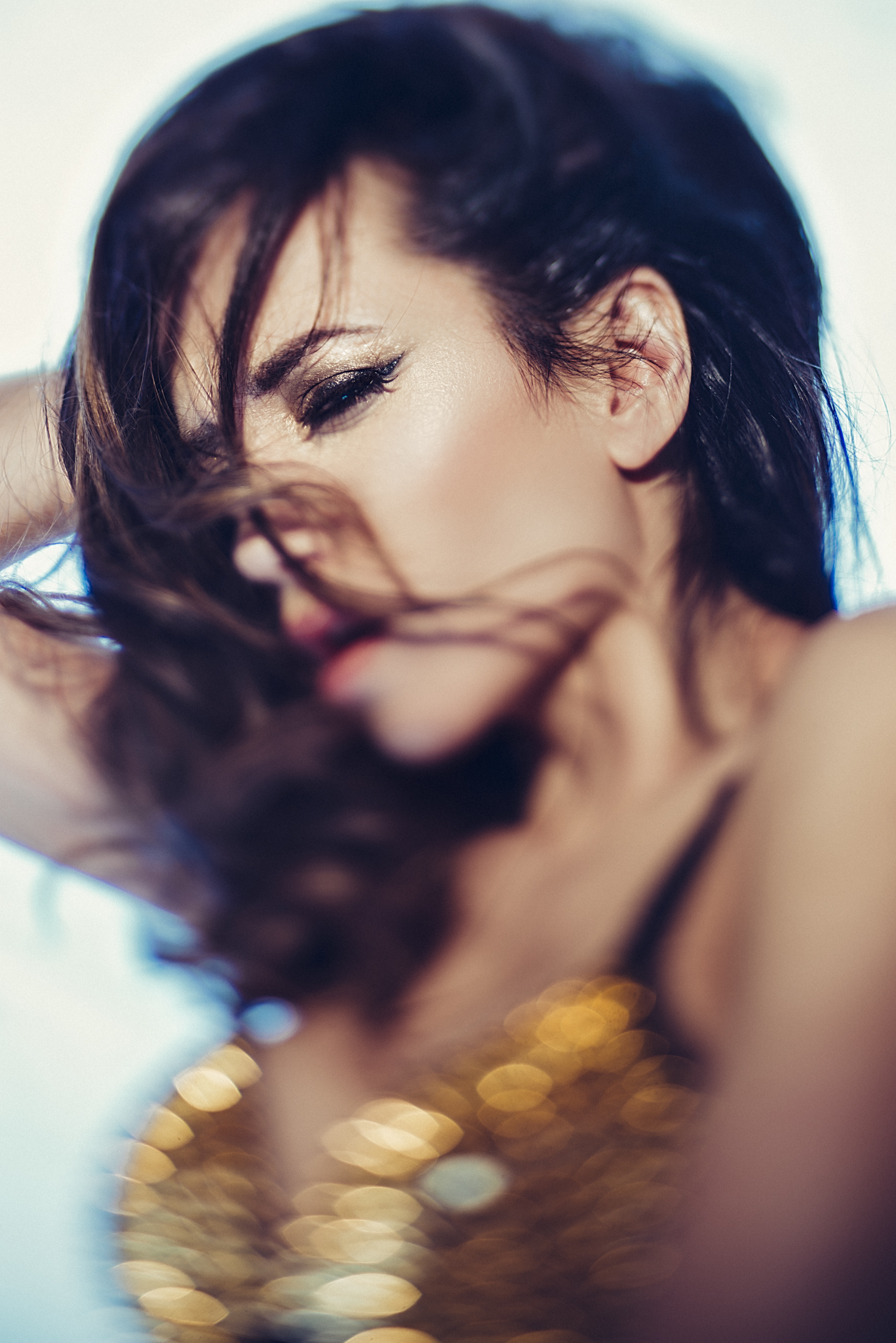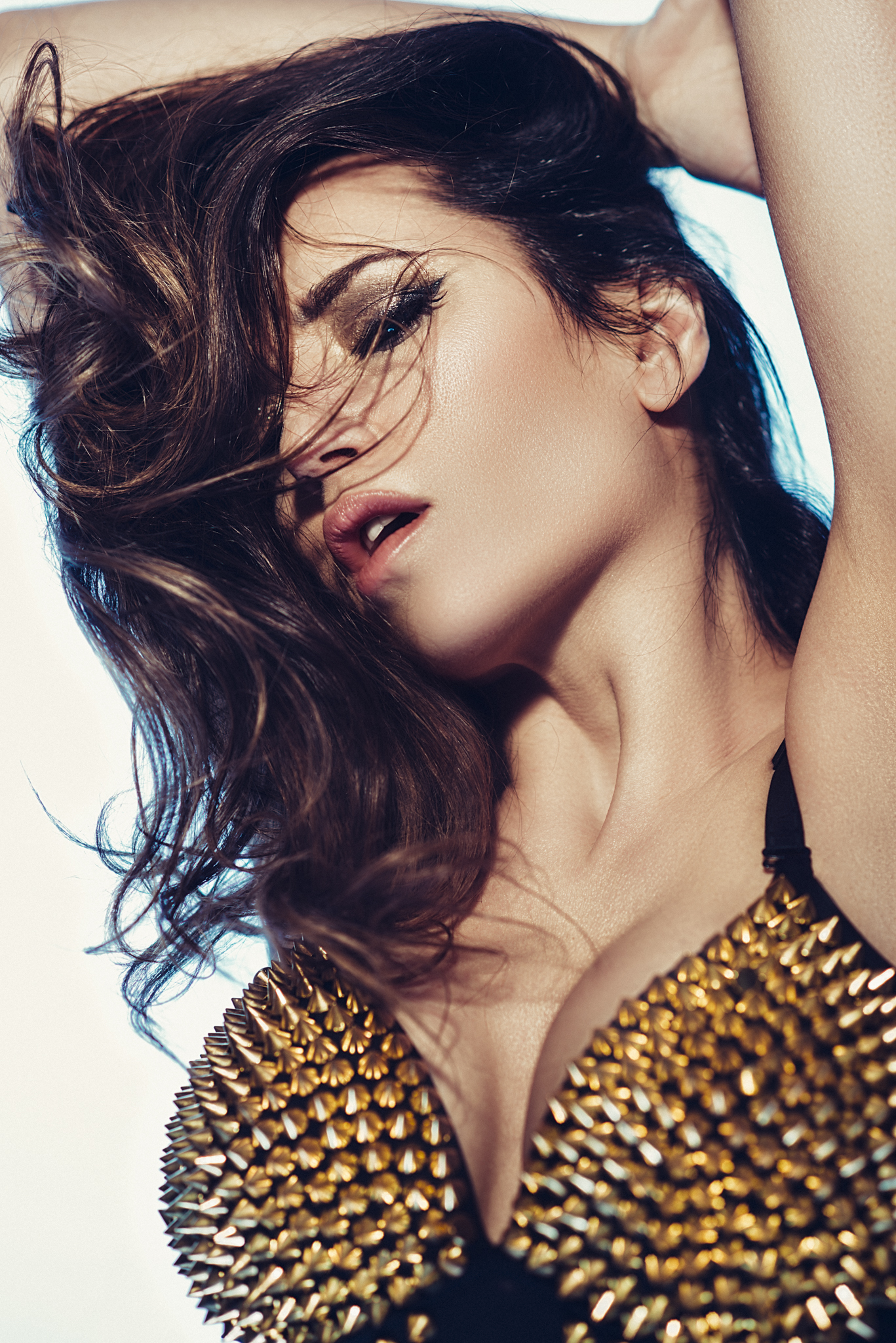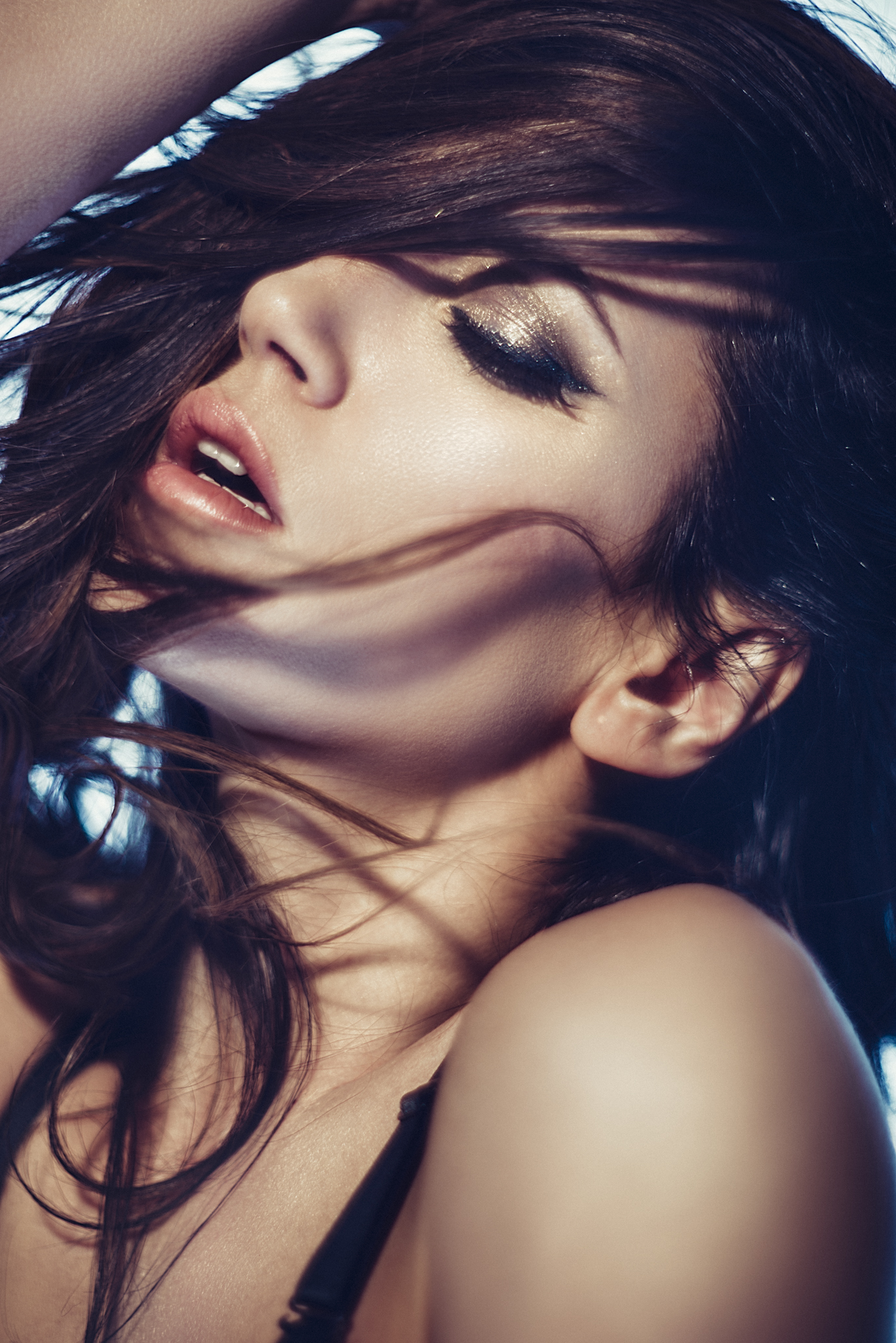I'll be upfront and honest about this, I really thought I knew exactly what was going to happen when I added two of the same coloured gels to a single light. It turns out I was right and wrong on this one and although I learnt a few surprises about gel behaviour whilst doing this I have to admit that there also doesn't appear to be a simple rule to the results either. So let's take a look at what happens when you add multiple gels to the same light.
What is doubling-up your gels?
The reason this whole article came about was because I was getting messages from people who have been doubling up their gels from my gel packs because I provide duplicate gels of the key colours. I provide double colours of some of the gels to enable shooting with symmetrical lighting not necessarily to be doubled up although you can if you want too. So although I've been hearing of people doing that I've also been seeing comments from videographers who swore by the benefits of doubling-up gels on a single lights as well. So although I was seeing everybody else doubling up their gels, based on my own personal experiences and my basic knowledge of the physics of light I was of the opinion that doubling up your gels had little to no effect beyond the obvious exposure adjustments, for example adding another gel reduces the light output.
So what is doubling-up gels? It's simply the practice of adding two (or more) gels of exactly the same colour to a single light. Now there may be some of you out there that are thinking, "yeah that's gotta improve the colour right?" I understand why that's the common consensus, after all if you double up most things it stands to reason you double the effect. Two shots of whiskey is double the fun/trouble, two batteries is double the power of one, two slices of ham etc the list goes on but the physics of light plays out a little differently.
The Theory
I'm renowned for very long articles so I'm honestly going to resist the urge to get super nerdy and long-winded with the physics stuff here but this is basically what happens with light and colour.
Illustration showing how gels should affect white light. Click to enlarge
In the diagram above we can see that all white light is made up of the complete spectrum of colours commonly know as a rainbow. As our white light passes through our red coloured gel above we can see that the gel filters out all colour except the red from the spectrum. For us photographers two fundamental things are happening here, firstly you'll see that we've lost a huge amount of light, in fact in my tests to achieve a consistent exposure value some coloured gels took away more than 3 whole stops of light! That is huge drop in light power and that's because as you can see in the diagram above, the more colours you strip away from the spectrum with your gel the less overall light that passes through on the other side. Secondly, and of course most obviously, (*SPOILER*) it changes the colour of the light. Big shock finale there right?
So based on that theory let's take a look at what should happen if we double up our gels.
The above diagram shows the effect that two red gels should have on white light. Click to enlarge
The above diagram shows the theory behind adding two coloured gels of exactly the same colour in front of our white light source. The theory is that our first red gel eliminates all other colours apart from red, so when we add another red gel it stands to reason that it shouldn't affect the colour in any way but only reduce the exposure a little as there is bound to be a drop in light power from having to pass through another gel. So if we increase our light power to compensate for the extra gel it should in theory be the same colour right? Yes and no, I've been saying theory up until now because although this is what should happen if you double up your gels the reality in our day-to-day shooting with gels is actually a little different.
The Reality
Ok so I decided to find out for myself what the actual reality is for doubling up your gels. I thought I already had all the answers so I foolishly yet again thought this would be a quick experiment and article. Alas that was not to be the case and as soon as I'd tried a couple of different colours and I realised I was confused I carried on with other colours to see if there was any proof at all in my theory. Here's what I found.
The Test
Here's my setup, I took one flash head and shone it against a pure white wall. I marked on the wall with an X where I was going to consistently light meter before each image. The camera was on a tripod the whole time and was set to ISO 100, 1/125th, with a Kelvin white balance locked to 4400K for consistency. I would take a shot with no gels at f5.6 at X then with one gel at f5.6 at X and then with two gels at f5.6 at X and so on. The reason for the consistency of f5.6 for each was to look at colour over the same exposure and as exposure values on gels heavily influences saturation (you can see that here 'Coloured Gels Exposed' ) I didn't want that influencing the results.
This illustration shows how multiple gels affect the resulting colour at a consistent exposure. At the top we have no gel attached and then moving down I add multiples of the same colour all the way down to four gels. Click to enlarge
So let's review what we're looking at here, the above illustration shows multiple gels and their resulting colour outputs. At the very top we have no gel at all and then below that we have one gel and then below that two gels and so-on down to four gels stacked on top of one another. Remember, the power of the light was increased with each additional gel to maintain a constant f5.6 at the X mark on the wall.
Conclusions
First off lets just comment on the insane amount of light these highly saturated gels strip out. Like I said before, gels remove other colours to leave only the colour you want, as a result the light power being lost is substantial. To maintain a consistent f5.6 at the X, the orange gel requires an additional 1.1/3 stops of light, the blue gel needs an additional 2.2/3 stops of light and the pink gel needs an insane amount of additional light at 3.1/3 stops of light.
Also by looking at the diagram you'll notice that the colours do appear to change, especially on the pink one, the more gels you add on top of one another the more red that seems to result. The orange and blue ones not so much but there certainly does appear to be a fluctuation in colour. Or is there?
Let's look at a crop of just the X on the wall and see what's going on at the point of that consistent exposure.
In the above picture we are looking at a close up crop of each of the previous images at the point in which I am reading f5.6 on the light meter. Click to enlarge
Above you should be able to see each of the same shots again but just close-up crops of the X where I was consistently reading f5.6. With our eyes now being constrained to a single point you should now be able see that there is even less fluctuation in colour through the orange and blue gels but the pink gel is still clearly way off the charts in terms of colour from one gel to four gels.
New Test - One Gel Four Exposures
So after I completed the first set of shots with one to four gels I was surprised at the apparent amount of colour fluctuations in the pink gel. I decided to then take a series of shots with just a single gel on the light but at varying exposures to see how exposure alone affects colour.
Again the test was simple with one light fired against a white wall with a single coloured gel attached. The camera again was fixed at 4400K and the aperture was fixed at f5.6. The only difference being that after each shot I would meter the X and reduce the power of the light by one whole stop. For example the first shot was metered at f5.6, the next at f4, the next at f2.8 and so on. Here's the results.
The above images show a single gel being exposed with varying amounts of light. Click to enlarge
The above images clearly shows a far purer colour range in my opinion and the differences of colour tone through exposure is far more predictable and consistent. Although this isn't the purpose of this test, it's very apparent to me that these gels and their colours really come to life when they have less light passing through them too. Again in the interest of fairness lets also take a look at the cropped zoom to analyse the colour with the distracting vignette.
The above image shows a cropped zoom of the single gels at varying exposures. Click to enlarge
Now that we've isolated the X we can clearly see a smooth transition through the colours provided by a single gel and even the pink actually remains pink through all exposure values.
Final Conclusions
You have your own eyes so I'll let you decide from the shots above what you think about doubling up your gels. But for me, I won't be partaking in the double gel or even triple and quad gels for that matter. Coloured gels are specifically designed to allow a certain colour of light through them and then strip certain colours to leave only the desired colour. If you then take that colour and pass it through another gel all sorts of craziness can start to happen with the resulting colours, just take a look at Mr Pink x4 up there.
Yes it could be argued based on my test shots above that the colour of the orange and blue gels can be 'improved' with multiple gels. I would argue that although they appear that way when viewed big on the wall like that, this is somewhat of an illusion as the actual colour at point X stays pretty much the same. What's visually happening here is that the multiple gels are reducing a hot-spot of light which thereby gives a smoother colour transition. As a result you will find it harder for your multiple gels to show shadow and highlight which could leave the subject looking flat. You can use this knowledge to your advantage however so it's definitely worth knowing.
If your objective like mine is clean strong colours then you should only adjust the exposure of the light that passes through individual gels. If you want a stronger colour then you can try reducing the amount of light you're passing through the gel and if you're still not happy with that then you should really use a different coloured gel altogether rather then trying to mix and match multiple gels by doubling them up. As we've learnt from zoomed cropped shots above, doubling of gels has very little effect to the actual colour, the only time is does affect the colour it does so negatively like we see with the pinks so caution is certainly advised.
- Multiple gels result in very little change to actual colour
- When multiple gels do affect the colour it can produce undesirable effects
- Doubling and tripling etc of gels reduces hotspots and as a result can leave subjects looking flat
- Single gels produce the cleanest and purest colour
- Gel colours should be adjusted via the amount of light you pass thorough them
- Less light through single gels usually offers up stronger more saturated colours
- If you can't get the colour you're after through exposure alone try a different gel rather that resorting to multiple gels
WOW! You made it this far in the article, full respect to you for your love of the gels you rock! :D
If you made it this far and you're still not sick of gels then why not check out my own personal gel packs if you haven't already. My gels come in three different packs; the 'Definitive' collection, 'Pastels' and 'Utility' gels.
Jake Hicks Photography - Coloured Gel Packs
Have you ever doubled up your gels? Do you normally double them up? Will you be trying it out yourself based on this article? I'd love to hear your thoughts and experiences on this as I have a feeling these results will also be varied based on the gel brand you use. I know my LEE Filters gels are very thick compared to other big name brands and as a result they are very colour consistent but you may have a different experience with yours. I'd love to hear about your experiences below.
:WARNING: Even more JHP sales opportunities lie in wait below :D
If you're interested in any of my work and would like to know more about how I created some of my shots then why not check out my workshops. Here you can find out everything there is to know about Gelled Lighting, Long Exposure Flash Photography and my entire Post-Pro Workflow. Jake Hicks Photography - Workshops
I have also just released a brand new 22 hour complete Gelled Lighting Tutorial video. I go over everything from studio lighting setups with gels to being on location with gels plus I also go through my complete retouching and post pro workflow. For more details and complete breakdown of everything that's include check out my Coloured Gel Portraits Tutorial
I also offer comprehensive coloured gel packs. These collections of gels are what I use day to day to create some of the most highly saturated colours around. If you're looking at getting into gelled lighting or need to get stronger and richer colours in your coloured gel work why not check out my Jake Hicks Photography Gel Packs














